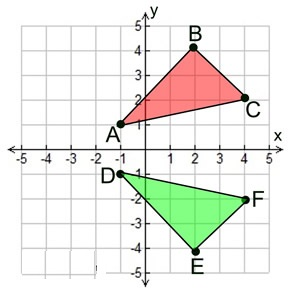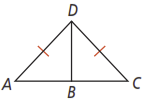Unit 4 Lesson 1 Congruent Figures
Unit 4 Lesson 1: Congruent Figures
Lesson Overview
Congruent vs. Similar
What You Will Learn
- the common properties of figures that are said to be congruent
- same size
- same shape
Additional Resources
Overview
 Congruent figures have the same size and shape. When two figures are congruent, you can slide, flip, or turn one to fit exactly on the other. In this lesson, you will learn to determine whether geometric figures are congruent.
Congruent figures have the same size and shape. When two figures are congruent, you can slide, flip, or turn one to fit exactly on the other. In this lesson, you will learn to determine whether geometric figures are congruent.
Essential Understanding
You can determine whether two figures are congruent by comparing their corresponding parts.
This course is based on a textbook that is viewable by clicking on the textbook icon. Keep the textbook open while you go through the lesson so that you may refer to it throughout the lesson.
Lesson 1: Congruent Figures
Proceed to the Next Page
Prepare for Application
Instructions
You have now studied congruent figures. It is now time to demonstrate your learning.
Try the activities below on your own. You should be able to answer these before beginning the practice.
Do these activities in your journal.
If , what are the congruent corresponding parts?
Suppose that . If and , what is ? Explain.
Use the diagram below for question 1.
- Is ? Justify your answer.

Use the diagram below for question 1.





